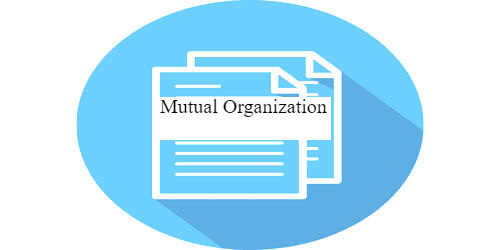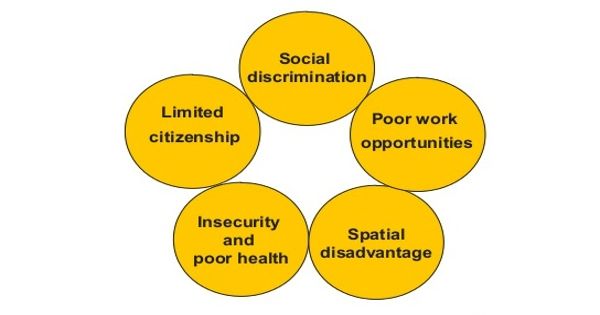Cognitive assets are tangible and intangible organizational assets that constitute sources of the cognition that is necessary for action coordination. These are an asset is something that helps you get a job or task done. It doesn’t do it for you, but it makes the process more efficient. These assets allow for the integrity and efficiency of the multiple conversions of individual knowledge into organizational knowledge.
The idea of cognitive assets was the first attempt to address the most relevant organizational assets to be exploited by cognition-driven businesses. The concept of cognitive assets is a reflection on the belief that it is sufficient for the acquisition of software, such as for business intelligence or competitive intelligence to ensure that organizations make good decisions.
Organizational cognitive assets comprise four main dimensions: 1) the environmental mechanisms that foster the creation and sharing of explicit knowledge; 2) organizational members’ cognitive capacities; 3) organizational members´ transactional potential (defined as their ability to interact and share knowledge with co-workers); 4) Analytics and computational methods used by the organization to support decision-making processes.
Fundamentals of cognitive assets
Although most works assume that organizational knowledge exists and that it is more than simply the sum of individual knowledge, the important question of how it becomes “organizational” has not been addressed in much depth. Most authors refer to the work of Nonaka and his co-authors, which remains the sole comprehensive view on organizational knowledge formation.
Although the idea of “collective cognition” has been contested by researchers on the grounds that “cognition belongs to individuals, not organizations”, there is a growing number of studies in management that address this phenomenon at a group or organizational level. These studies concentrate on cognitive phenomena in and by organizations that impact the organization as a whole. Some conceptualizations stress that the field must embrace the complexities of the two levels (individual and group), which co-exist through interactive processes.
Cognition research in organizations has taken two main approaches: one computational and one interpretive. The computational stream examines the process by which managers and organizations process information and make decisions; the interpretive approach investigates how meaning is created around information in a social context.
The concept of cognitive assets takes both perspectives into account; individuals´ cognitive capacities and organizational decision-making systems are linked to the computational view, whereas the environment and transactional elements are linked to interpretive efforts. As defended by Lant, putting together these two perspectives will deepen our understanding of organizational cognition.
















